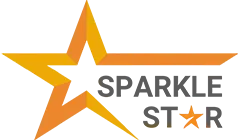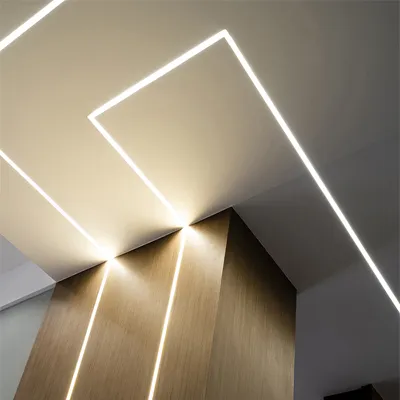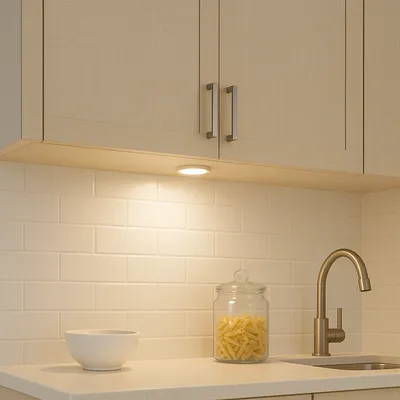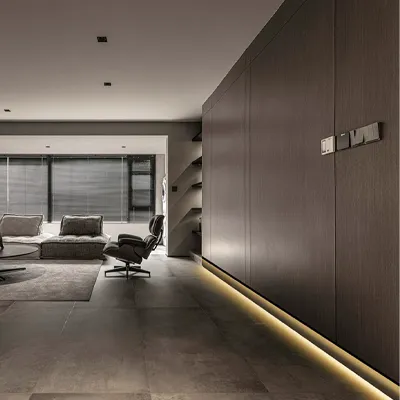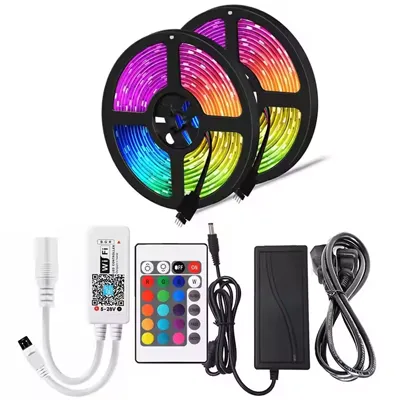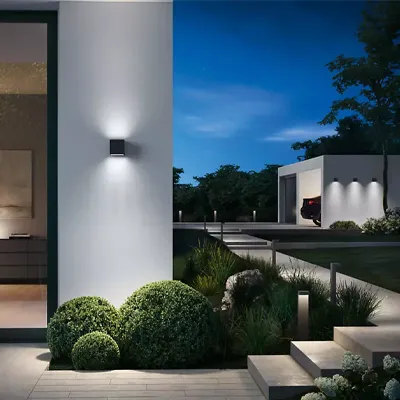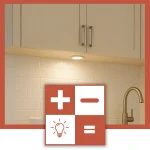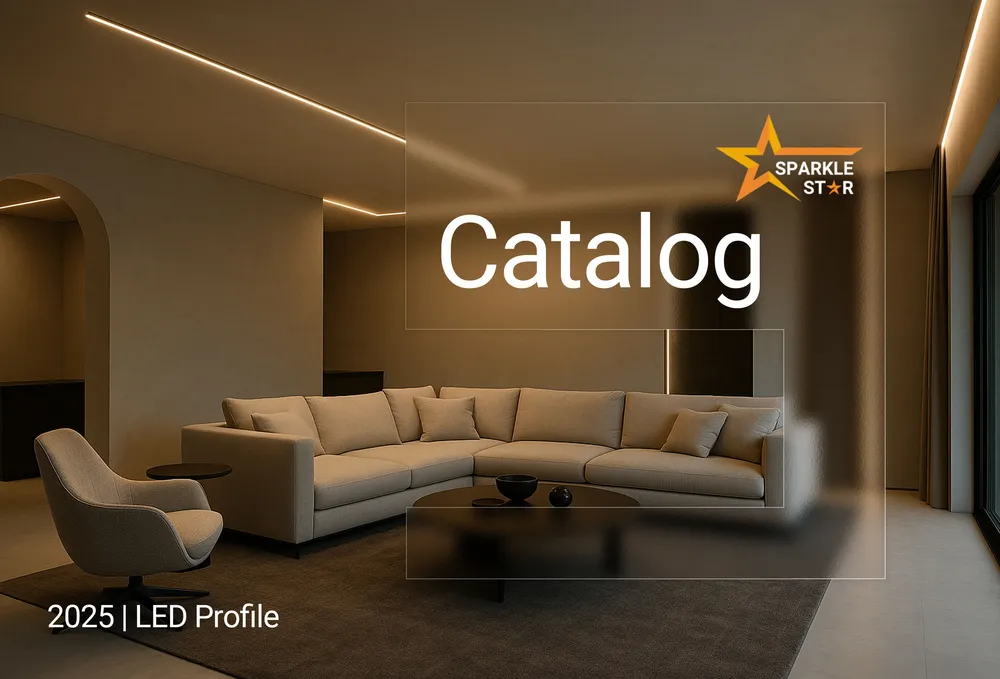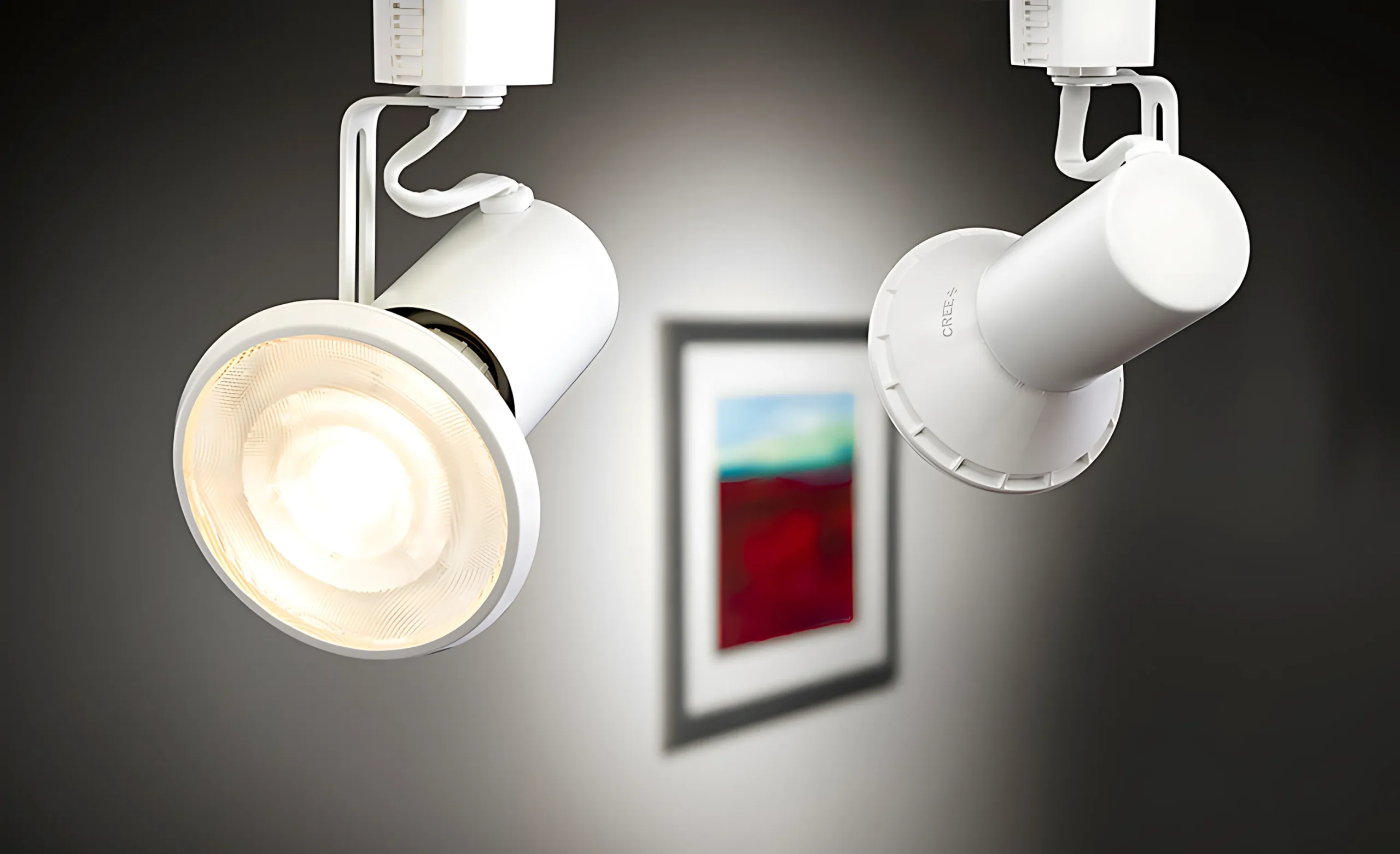
Track lighting offers amazing versatility for any room. However, its true power lies in the ability to customize it with different heads. When you first start looking, the sheer number of options can be overwhelming. For instance, what is the difference between a gimbal and a cylinder head? This guide is designed to clarify that confusion. It will systematically explain the various types of track lighting heads, so you can confidently choose the perfect ones for your space.
What exactly is track lighting?
Before we dive into the heads, let's start with the basics. Essentially, track lighting is a special type of system. It consists of a continuous track or rail, which is mounted on a ceiling or a wall. This track contains electrical conductors, delivering power along its entire length. Individual light fixtures, commonly called "heads," can then be attached anywhere on the track.
This system offers three incredible advantages:
Flexibility: You can easily move, reposition, or aim the heads at any time without any rewiring.
Customization: You can add or remove heads as your needs change.
Focus: It allows you to place light exactly where you need it, whether for general illumination or to highlight a specific feature.
The Most Important First Step: Identifying Your Track System
Above all, before you buy any head, you must identify your track system. The different systems are not cross-compatible. In other words, a head designed for one type of track will not physically fit or work on another.
There are three main industry standards:
- H-Type (Halo): This is a three-contact system. The contacts are 1 inch apart.
- J-Type (Juno): This is a two-contact system. The contacts are 15/16ths of an inch apart.
- L-Type (Lightolier): This is also a two-contact system, but the contacts are 7/8ths of an inch apart.
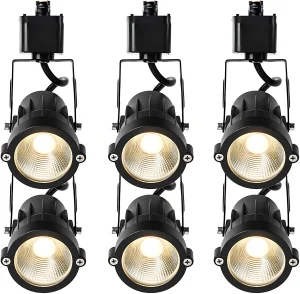
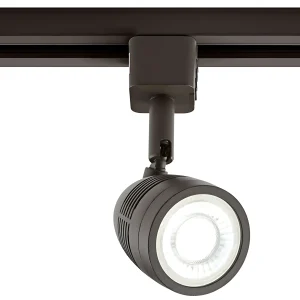
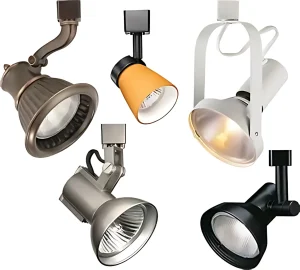
Most importantly, always check your existing track or system specifications before you start shopping for different track head types.
Types of Track Heads by Style and Function
The primary way to choose a head is based on its visual style and its intended job.
Spot / Directional Heads
Firstly, this is the most common category. These heads are designed for the specific purpose of aiming light at an object or area.
- Gimbal Heads: A gimbal head is the champion of adjustability. The lamp is mounted in a pivoting ring, which allows for a very wide range of motion, both tilting and swiveling. Therefore, it is perfect for precise accent lighting on artwork, retail displays, or architectural features where exact aiming is critical.
- Cylinder / Can Heads: These offer a clean, minimalist aesthetic. The cylindrical shape often conceals the bulb, providing a modern and unobtrusive look. Its focused, downward light is also great for reducing side glare. As a result, they are a versatile and very popular choice for both general and accent lighting in contemporary spaces.
- Roundback / Step Heads: On the other hand, these styles of track heads are more decorative. They often have a rounded or "stepped" back that adds a bit of traditional or transitional visual flair. You would choose this type when the fixture itself is meant to be a noticeable part of the room's decor.
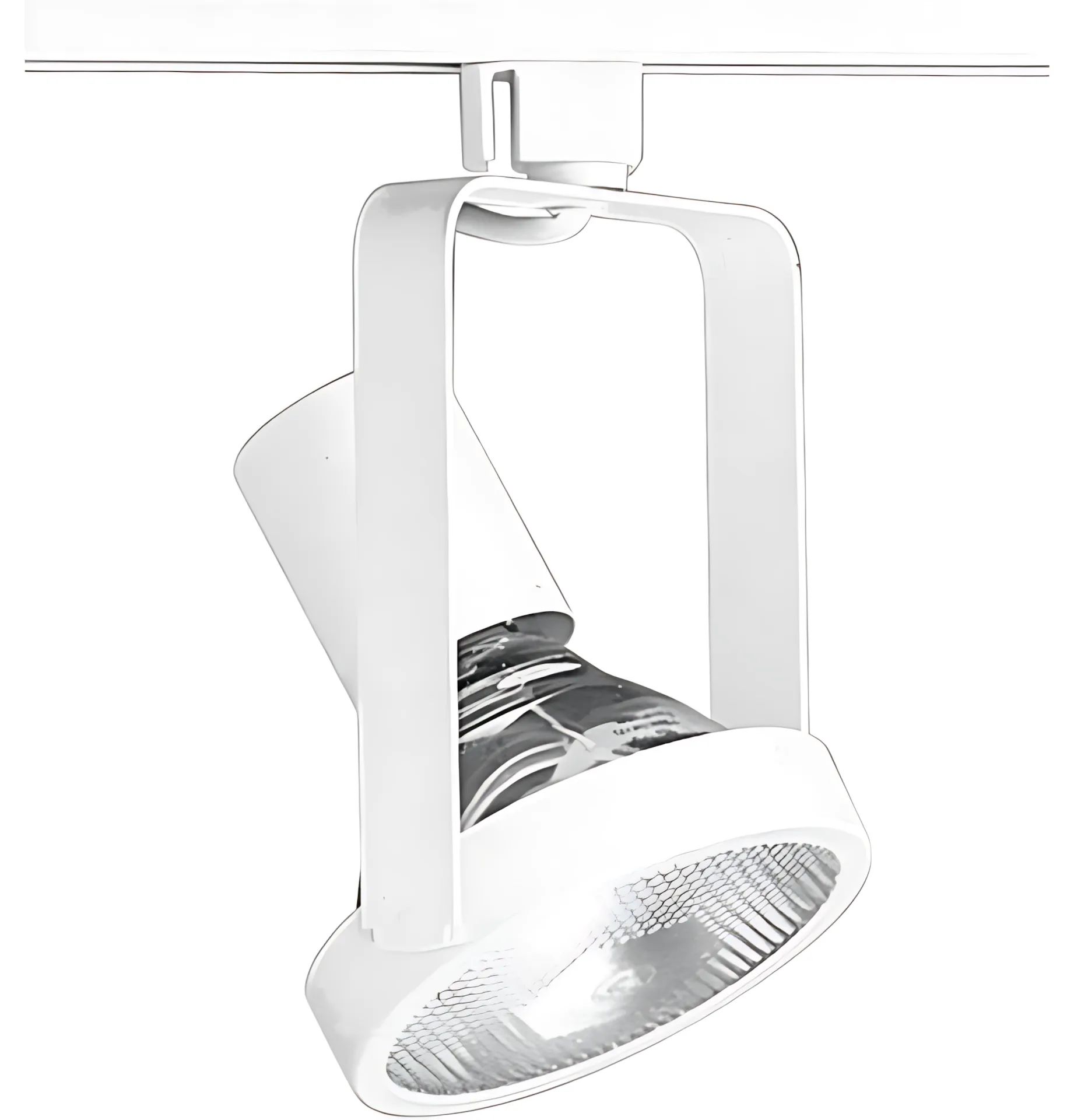
Pendant Heads
Instead of a fixture that sits close to the track, a pendant head is an adapter. It allows a decorative pendant light to hang down from the track on a cord. This serves a dual purpose. For instance, you can hang a row of them to provide excellent task lighting over a kitchen island or a dining table. Moreover, pendants act as a major decorative element, introducing a vertical line and a strong style statement into the room.
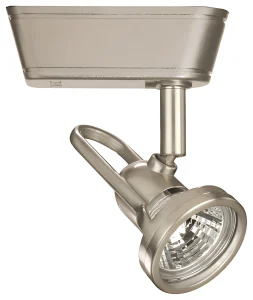
Wall Wash Heads
These are highly specialized heads designed for a specific optical trick. They are engineered to cast a wide, even sheet of light across a vertical surface. To clarify, they often use a scoop shape or a special reflector to distribute the light broadly and smoothly from top to bottom. This is a great way to make a room feel larger and brighter or to beautifully highlight a textured wall, like brick or stone, without creating distracting "scallops" of light.
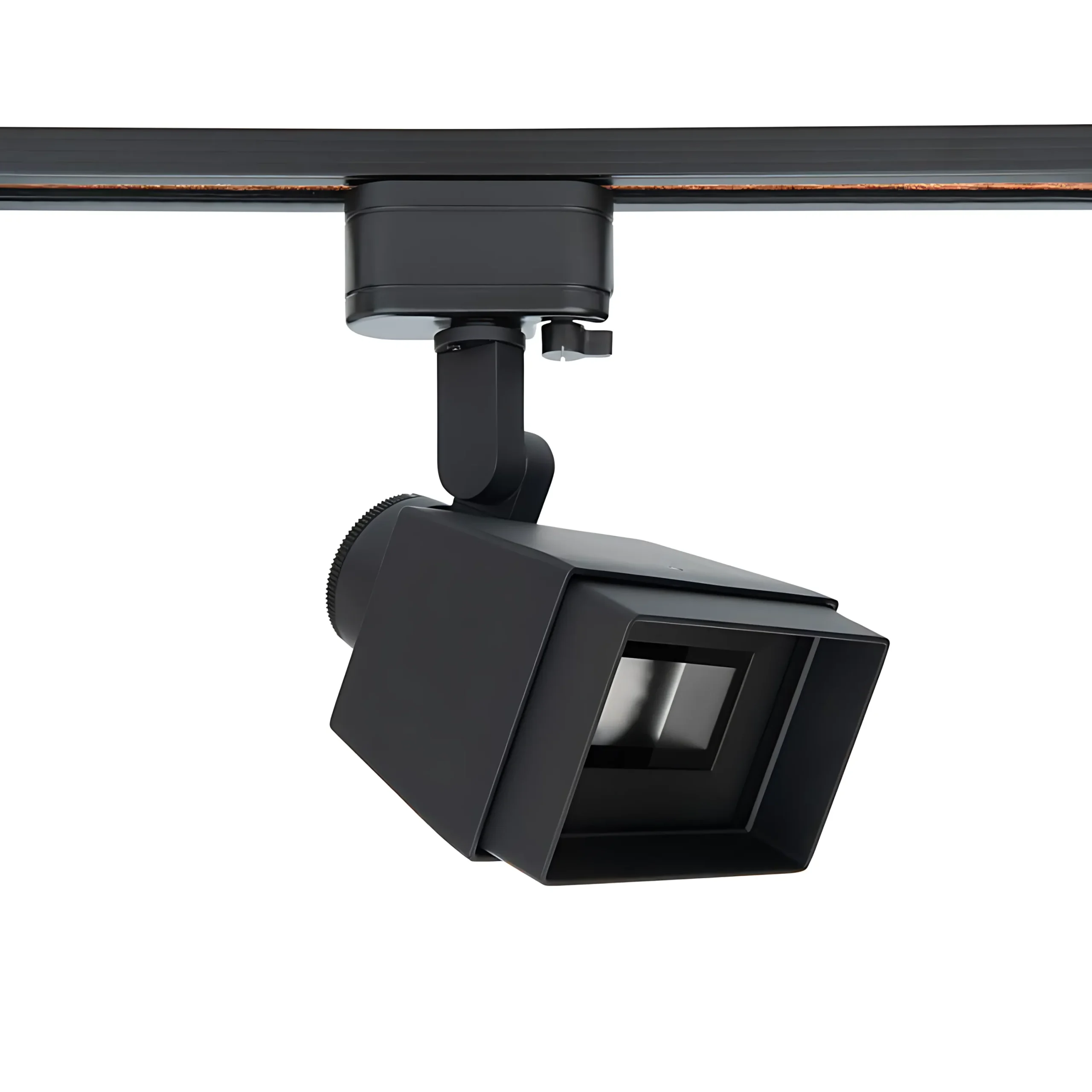
Types of Track Heads by Technology (Light Source)
Subsequently, you need to choose the "engine" inside the head. This refers to the actual light source technology.
Integrated LED Heads
An integrated LED head is a fixture where the light source is built-in and not replaceable. This is one of the most popular types of track lighting heads today.
Pros | Cons |
|---|---|
Sleek, compact designs | Entire head must be replaced if LED fails |
Very long lifespan | Less flexibility in light characteristics |
Heads with Replaceable Bulbs
In this case, the head is essentially a socket for a standard, replaceable track light bulb (like a GU10 or MR16).
Pros | Cons |
|---|---|
Flexible (choose brightness, color, etc.) | Can be slightly bulkier |
Easy to service (just replace the bulb) | Look depends on the chosen bulb |
How to Make the Right Choice: A Simple 3-Step Checklist
To sum up, choosing the right fixture is a straightforward process. Just follow this checklist.
- Check Your System: Firstly, is it H, J, or L? This is non-negotiable.
- Define the Function: Secondly, do you need a focused spotlight, a decorative pendant, or a wide wall wash?
- Pick Your Technology: Finally, do you prefer the convenience of Integrated LED or the flexibility of Replaceable Bulbs?
Conclusion
In conclusion, choosing from the many types of track lighting heads doesn't have to be complicated. It is a simple process of matching the system, function, and technology to your specific needs. With the knowledge from this guide, you can now confidently customize your track lighting system to perfectly illuminate and enhance your space.
Frequently Asked Questions (FAQ)
1. Can I mix different styles of heads on the same track?
Yes, absolutely. As long as they are all compatible with your track system (for example, all H-Type), you can mix gimbal, pendant, and cylinder heads on the same track to achieve different lighting effects.
2. Are all track lighting heads dimmable?
Not necessarily. For integrated LED heads, the product must be specified as "dimmable." For replaceable bulb heads, the dimming capability depends on both the head's wiring and the specific bulb you purchase. Always check the product specifications.
3. What is a "beam angle" and why does it matter?
A beam angle is how wide or narrow the cone of light from the head is. A narrow angle (e.g., 15-25 degrees) creates a tight, dramatic spotlight for accenting objects. In contrast, a wider angle (e.g., 40-60 degrees) is better for general lighting.
